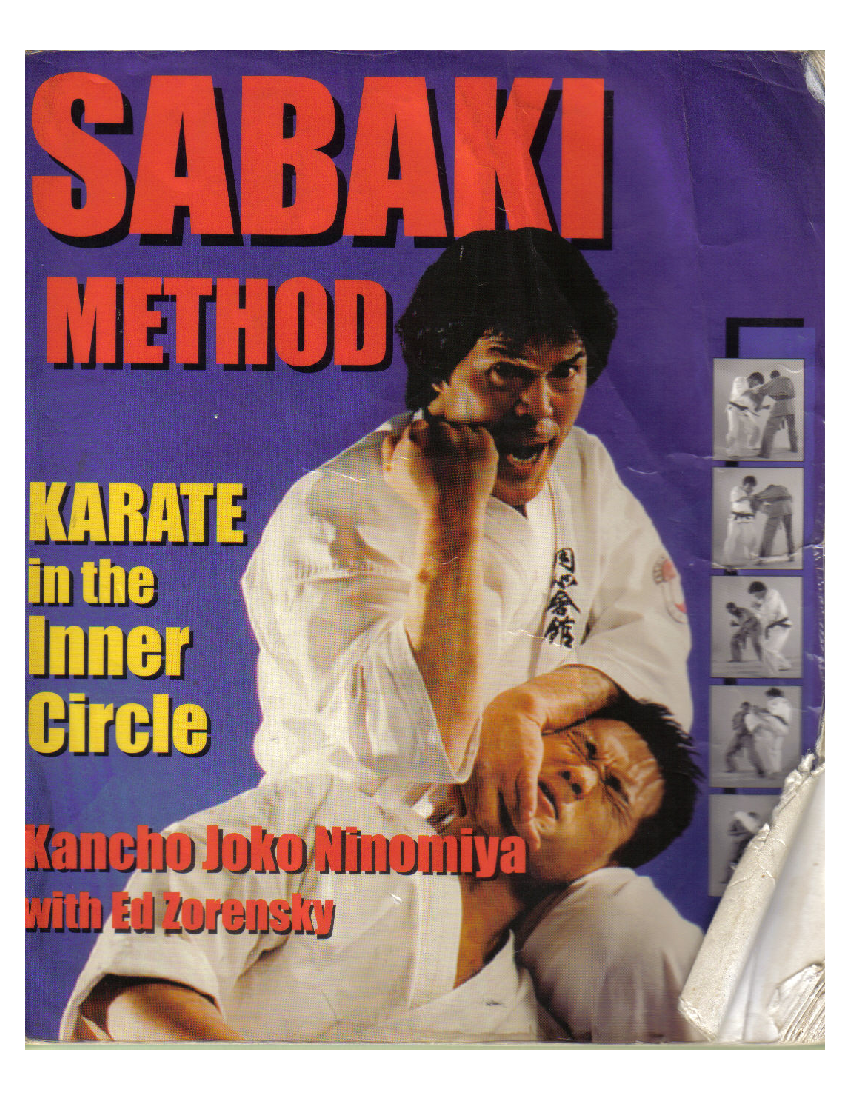

Gakiem Hayzer, a 5th Dan (Godan) student of Kaicho Hoosain Narker at the Ashihara Karate International Honbu dojo for 30 years doing speed punching drills with Aziza Rawoot.Īshihara Karate striking pad training by junior karateka Tawa MawanedzoĦ year old Tawa Mawanedzo doing padwork against bigger brother Tanya at the Ashihara Karate AKI Honbu dojo in Cape Town, South Africa during September 2019. Nasiera Abrahams, a 2nd Dan (Nidan) student of Kaicho Hoosain Narker at the Ashihara Karate International Honbu dojo since 2000 doing speed punching drills with Shehama Sasman.Īshihara Karate Tournament training Gakiem Hayzer speedwork on pads Aug 2018Īshihara Karate Padwork Training for speed in preparation for tournament/promotions. (AKI) Honbu’s black belt Nasiera Abrahams demonstrates at a faster speed the use of the Sabaki pads against fellow black belt Aziza Rawoot attacking with chudan punches, mae geri and low kicks left and right.Īshihara Karate Padwork Training for Speed – August 2018Īshihara Karate Padwork Training for speed in preparation for tournament/promotions. Taped in October 2019Īshihara Karate Sabaki pads training with Nasiera Abrahams Oct 2019Īshihara Karate S.A. Both are students of Ashihara Kaicho Hoosain Narker. In this version Aziza attempts to spin Nasiera with most of the counter attacks. Honbu’s black belt Aziza Rawoot demonstrates the use of the Sabaki pads with Yudansha Nasiera Abrahams.

Gakiem Hayzer, a 5th Dan black belt (godan) with over 30 years of direct training under Kaicho Hoosain Narker at the Ashihara Karate International Honbu Dojo in Cape Town, South Africa, giving Malawian deshi Imran Malajira a pad conditioning workout in preparation for Summer Camp Dec 2019.Īshihara Karate Sabaki pads training with Aziza Rawoot Oct 2019Īshihara Karate S.A.

The name means “heart of the circle.” Enshin signifies not only the spiraling nature of sabaki techniques but also the authentic connection between ourselves and others, as well as the community at large.Ashihara Karate Conditioning training October 2019
#KARATE SABAKI FULL#
In 1988 he created his own style of full contact called enshin karate. He didn’t rely on brute strength he relied on sabaki. Why? Because when he fought, he used angles, leverage, positioning, timing and sensitivity to overcome bigger opponents. In Japan, my father is known as the prince of karate and a modern-day Miyamoto Musashi. In the 1970s, my father Joko Ninomiya had a huge impact on the world of full contact - specifically, on kyokushin, the style of karate developed by Mas Oyama. This fact makes the mindset and spirit of the martial arts even more important because they are what help us combat stress, handle people with opposing views and endure conditions that otherwise might threaten our well-being. The timeless beauty of this text lies in the way it can help us understand those elements in a way that improves our skill in combat, as well as our ability to comprehend human nature.įor most of us nowadays, the martial arts are not needed for survival on a daily basis. It delineates the elements of air, water, fire, earth and the void. Toward the end of his life, he wrote The Book of Five Rings, a classic on strategy and philosophy. In feudal Japan, he was regarded as a kensei, or sword saint. Musashi was a samurai who lived during the 17th century. Doing so requires less physical effort and frees up our mental operating system so it can determine the most efficient solution to the conflict.In this essay, I will present a brief history of sabaki, as well as break down the sabaki method using Miyamoto Musashi’s five elements. When we train with the sabaki mindset, we receive our opponent’s attack, almost as a gift. It means to work with energy efficiently. We prefer to work with what an opponent gives us to turn the tide in our favor, to resolve the situation effectively and efficiently.The Japanese have a word for this: sabaki. The irony of all this is that we don’t want to fight our opponent. After all, we wouldn’t knowingly train in a style that makes us weaker or worsens our position. In the martial arts, we voluntarily subject ourselves to conflict in a training environment so we can transcend conflict in the real world.


 0 kommentar(er)
0 kommentar(er)
